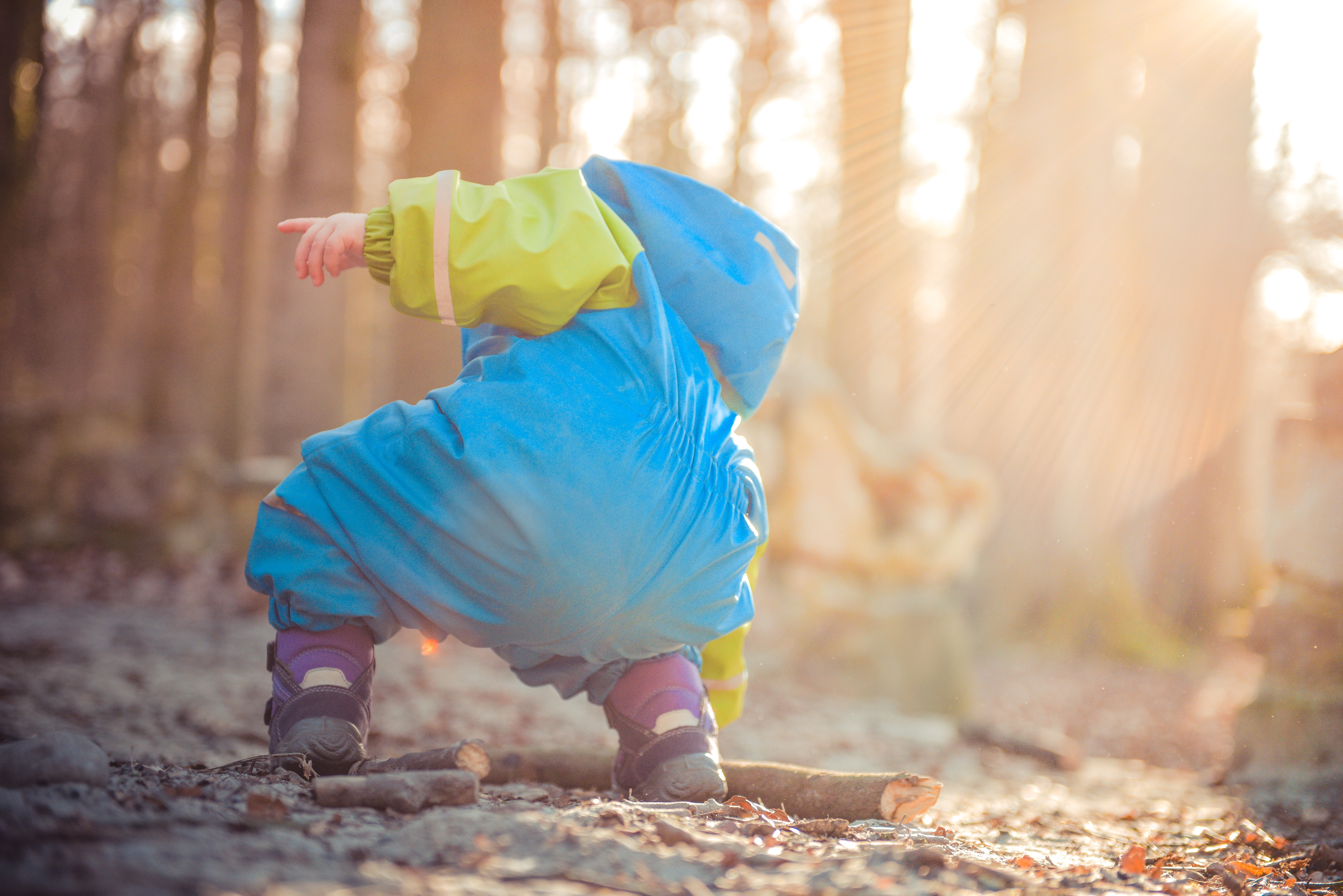
What is papular urticaria?
Papular urticaria is an increased sensitivity to bug bites that causes long-lasting bumps.
The bumps may be very itchy. Sometimes one new bite can lead to the appearance of many red, itchy bumps all over the body. It is more common in the spring and summer when insects are more active, but the timing depends on the climate and types of bugs where you live. Very importantly, even though one child may get a strong reaction when bitten, other people – even members of the same family – may not show any reaction to the same biting bugs.
WHAT CAUSES PAPULAR URTICARIA?
Papular urticaria is an increased sensitivity (almost like an allergic reaction) to bug bites. The most common types of bugs that cause papular urticaria include fleas, bed bugs, biting midges and mosquitoes, though any biting insect can cause it.
CONFUSION SURROUNDING PAPULAR URTICARIA:
- Often only one person in the family has a reaction to the biting bugs and gets bumps.
- As a child gets older, the reaction to bug bites can be delayed. It may be difficult to tell exactly when the bite occurred that triggered the reaction.
WHAT DOES PAPULAR URTICARIA LOOK LIKE?
Papular urticaria usually looks like many red, itchy bumps. It more commonly affects exposed areas of the skin (for example, above the sock line or below the shorts), but can happen anywhere on the body. Some children may even get fluid-filled blisters. Old lesions often become itchy again. Especially in darker skinned children, dark spots are often left behind after the papular urticaria bumps go away. In some patients, intense scratching can lead to scars.
HOW LONG DOES PAPULAR URTICARIA LAST?
In papular urticaria, individual skin bumps last for several days to several weeks, or even a few months. Crops of new skin bumps can continue to appear for several months or even years, depending on how long it takes for the child to outgrow this reaction. For some children, the itchy bumps may recur seasonally (for example, every summer) for a few years. Usually, once someone outgrows it, the reaction stops happening. At this point, even if children get bitten again, they usually don’t develop new bumps.
HOW IS PAPULAR URTICARIA TREATED?
The best way to treat papular urticaria is to prevent bug bites. However, once the bumps occur, they can also be treated symptomatically.
TIPS TO PREVENT BUG BITES:
- Use protective clothing, including longsleeved shirts, long pants, and socks with closed-toed shoes, if you will be going outdoors.
- Use an insect repellent prior to going outside; most experts suggest one that contains DEET.
- Check your home, bedding, and pets for bugs. Call an exterminator if you find any bugs in your home.
- Take your pet to the veterinarian if they have fleas.
TREATING EXISTING BUMPS:
- Your doctor may prescribe a steroid cream to apply to raised, red itchy bumps as soon as you notice them. This helps with itching and helps the bumps go away faster.
- Your doctor may also recommend antihistamines by mouth, such as cetirizine and/or diphenhydramine, to limit the allergic reaction.
- Clip nails short and try to avoid scratching to prevent infections and scars.
- Apply an unscented moisturizer, like petroleum jelly, to the skin once to twice daily, especially following baths.
- Flat, dark spots left behind from old bumps will usually fade over months to years, but using sunscreen on a regular, daily basis can help them go away faster.
© 2017 The Society for Pediatric Dermatology